Back in 1992, one of my favorite after school rituals was watching Nick Arcade, a game show on Nickelodeon that had two teams of kids competing in video game trivia, playing video games (both for existing 16-bit platforms and ones created specifically for the show by Psygnosis, creators of Lemmings) and for the grand finale: actually being transported inside a side-scrolling video game. While the last part was more aptly described as a kid flailing around in front of a blue screen with video sensor cables attached to their arms and legs, it was a cool, nascent virtual reality concept showcased during a simpler era of gaming and one of those “what a time to be alive” shows for a nine-year-old.
Also cool was the show’s host, Phil Moore, who was enthusiastic (even when the contestants couldn’t complete such seemingly simple tasks as collecting 10 golden rings in the first level of Sonic the Hedgehog for a Video Challenge or when he had to repeat ad nauseam, “You can’t go left” to someone in the final challenge), wore early ‘90s neon drip and would freestyle to the show’s theme song in catchy fashion.
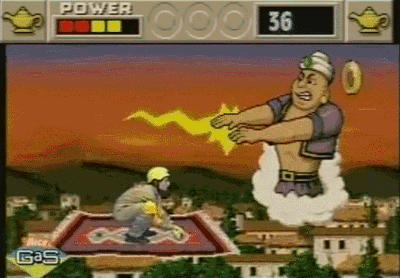
Before we get more into Phil’s ill wardrobe however, we need to talk about why some of the video games in the Video Challenge segments were so intriguing. While it was always fun to see well-known NES, Super NES and Sega Genesis titles featured as playable games – like first two Sonic the Hedgehog games, Gradius III, Legend of the Mystical Ninja and Battletoads (which only fools or gluttons for punishment picked on account of how difficult the game was), I found it even more interesting when the Challenge offered games from NEC’s TurboGrafx-16 and SNK’s Neo Geo consoles because it offered a look at games I rarely saw or played in the States.
Much like the Super NES and the Genesis, the TurboGrafx-16 and the Neo Geo were consoles made by Japanese video game corporations, though they were much less well-known than Nintendo and Sega’s by the average gamer in the US.
The TurboGrafx-16, a joint effort by NEC and Hudson Soft (makers of Bomberman) seemed to have the main components for success in the US: a memorable name, sleek black architecture and a 16-bit GPU but was ultimately hindered by a limited game library and subpar retail presence due to distribution missteps.

Another move which seemed sheisty in retrospect was that the standard TG-16 only offered one controller port; if you wanted to play with a sibling or friends, you had to buy the TurboTap separately, which allowed up to five controllers to be plugged into the system.
Given the choice between shelling out extra money for a TurboTap and additional controllers for the TurboGrafx-16 or simply buying a SNES and Genesis which came with an extra controller port built-in, ‘90s parents likely went with the more well-known consoles and what in their minds was probably a better, more accessible bargain.
Though there were some memorable games like Bonk’s Adventure, whose main protagonist – a bald caveman-child with a comically colossal cranium who could flying headbutt his dinosaur and oversized plant attackers – did help the TG-16 gain some renown and traction, ultimately going up against Nintendo or Sega in the ‘90s was no easy hurdle. Still, I found myself always wanting the contestants to pick Bonk’s Adventure when it was offered as a playable game on Nick’s Arcade because of the game’s colorful, vibrant graphics, Bonk’s charming character design and the fact that there was a viable alternative to Mario and Sonic in the 16-bit era was intriguing.
The Neo Geo on the other hand, was never a system looking to directly compete with the SNES and Genesis in North America and was something that only die-hard video game fans in the region knew about.
Interestingly enough, the Neo Geo was a precursor to what Nintendo originally wanted the Ultra 64 to be years later, a high-end console that could basically play arcade games in cartridge form. Because of this, Neo Geo games looked and sounded better than pretty much anything else on the market – playing titles like Samurai Showdown and Magician Lord on a home console, knowing they were exactly like the arcade versions was like sorcery. The only problem? The console itself cost close to $650 at the time (close to $1500 in 2025) and the games were at minimum $100-200 as well ($250-450 in 2025) – not exactly the sort of prices your parents wanted to throw down their hard-earned Christmas bonuses on back then, especially when the SNES and Genesis were a fraction of the price.
Notwithstanding, Neo Geo games like Robo Army, a beat ‘em up with cyborg protagonists taking on (what else?) an army of evil robots, had amazing graphics compared to its 16-bit counterparts. What stood out immediately was the huge size of the sprites. The main characters were so big and detailed you could see their teeth clench and torsos twist when they threw uppercuts or right hooks. Bosses, like a gigantic, hunched-over mechanical exoskeleton that knuckle-walked like a gorilla took up nearly half the screen. Generic robot minions whirred and shifted around on jackhammering legs or hovered in place with jet flames shooting from their hands and feet. The sound was top-notch as well with the protagonists’ Winter Soldier-like metal arms shifting hydraulically, their punches and kicks clanging or vibrating off robot attackers with sheet metal resonance.
My most coveted Neo Geo game featured on Nick Arcade was King of the Monsters, a fighting game that featured massive kaijus battling to the death with a variety of different Japanese metropolises serving as their octagon. The game featured six different monsters: Geon, a Godzilla analogue with a massive horn atop its head that could tail whip and breathe fire; Woo, a giant gorilla who was an expy of King Kong; the uncreatively named Poison Ghost, a toxic sludge monster; Rocky, the giant boulder monster; Beetle Mania, a giant insectile monster and Astro Guy, an Ultraman expy.
For a bunch of savage monsters the fighters in King of the Monsters had a surprisingly in-depth combat system: they could tie up and grapple, judo throw each other over their shoulders and jump up and stomp each other into the ground while buildings, oil rig towers, electric grids and exploded around them.
Now let’s back to the show’s host Phil Moore and his renowned Swagu.
Apparently, whoever wrote the descriptions for Nick Arcade on Amazon Video shares a nostalgia-suffused, tongue-in-cheek appreciation for Phil’s wardrobe; is a stalker for whom the authorities need to be contacted immediately or is actually Phil Moore himself engaging in some retrospective self disparagement because they’re… not your standard Amazon Video descriptions. They range from playfully sarcastic to weirdly amusing and grow increasingly infatuated (or should that be obsessed?) with Phil’s attire.
For example:
S1, E4: “This does not necessarily speak to the content of this episode, but host Phil Moore wears a tremendous sweater in this episode. The pattern is mesmerizing and the cut is ahead of its time.”
S1, E7: “Host Phil Moore wears a shirt so baggy that a sharp gust would send him sailing into the sky. The contestants go inside a video game, where they are required to put on helmets and kneepads so they can safely steal digital bananas from virtual monkeys.”
This one’s funny. And admittedly, baggy was the style back in ’92. My turquoise and purple Charlotte Hornets Starter jacket from ’92 which made me look like the Michelin Man when I wore it is testament to that.
S2, E1: “Tiffani has to survive a virtual food fight’s digital pizzas, binary pudding, and electronic tomatoes for her chance to win a VCR. Host Phil Moore rocks jeans so fresh he’s probably still wearing the same pair right now.”
Okay, well that one was actually pretty wholesome.
As is the next entry, where the Amazon Video writer shows his admiration for Phil’s choice in Hawaiin shirts.
S2, E2: Chris, Jennifer, Jeremy, and Tasha throw down in the Video Zone today with bloodthirsty–wait, forget them. Phil Moore is sporting a Hawaiian shirt in this episode. When Phil gets tropical, that’s our [cue] to zip it and listen.
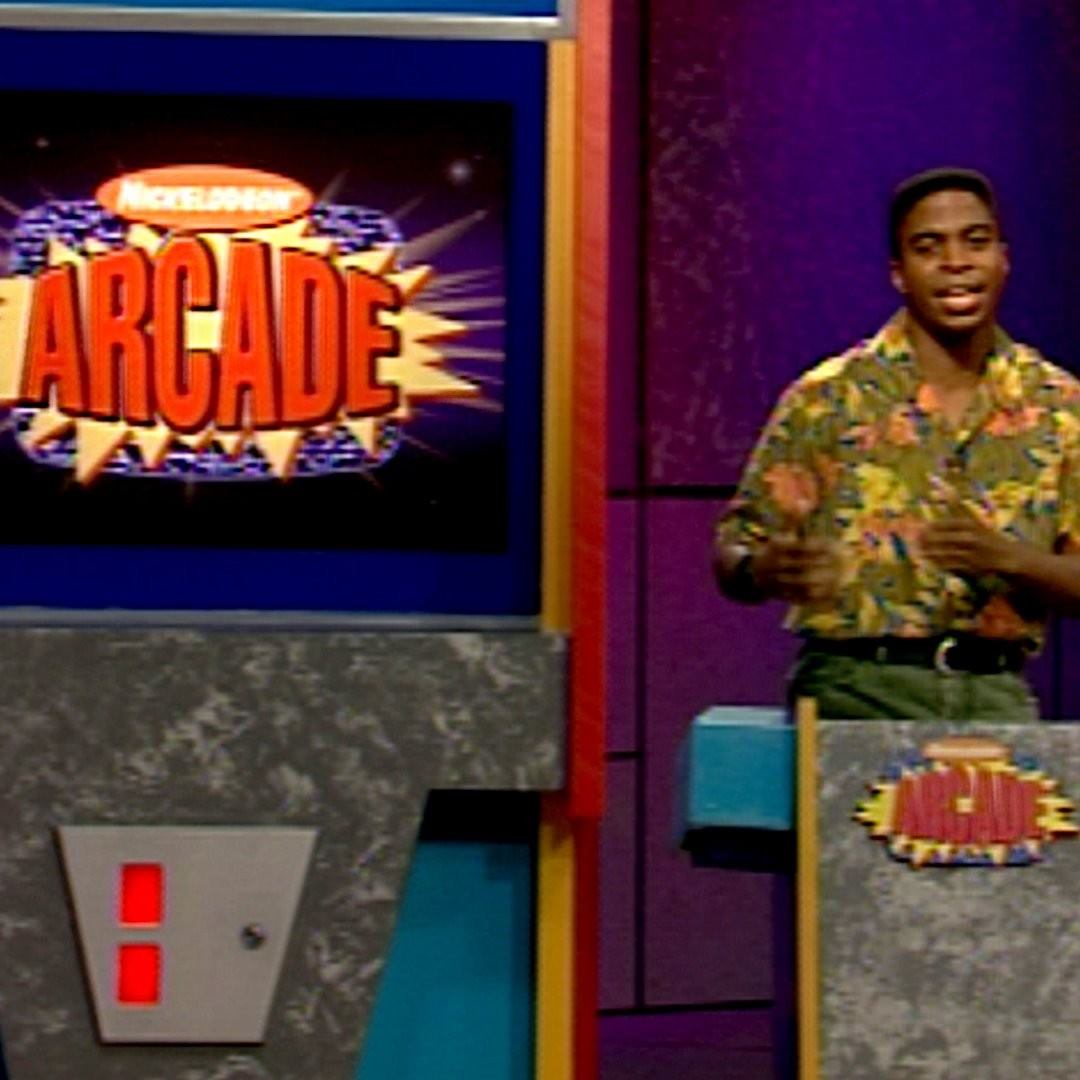
S2, E3’s synopsis is where the love for Phil’s Hawaiin shirt style choice gets a little creepy.
“Phil Moore has on the exact same Hawaiian shirt in this episode as he did in the previous one because he knows better than to mess with perfection. He’s going to wear it forever.”
In the S2, E4 synopsis, the commenter laments Phil changing out of the Hawaiin shirt into something they consider less presentable.
“Phil? Phil, what happened? The Hawaiian shirt is gone. You’ve got on this shiny gold number that isn’t even tucked in, like you just rolled off your waterbed and onto the Nick Arcade set. Was it something we did? Please bring back the Hawaiian shirt.”
Okay, we get it. The Amazon Prime synopsis writer really doesn’t like Phil’s gold shirt.
S2, E5: “It’s the shiny golden shirt again. Loose and un-tucked, buttoned all the way up. It looks like you’re trying to drown yourself in mustard, Phil. Please bring back the tropical look. It is what the world needs.”
For S2, E6, the episode recapper doesn’t know quite what to think of Phil’s outfit. “He’s got a t-shirt on now. Pink and baggy, with turquoise on the sleeves, and it’s tucked in. He’s sending mixed messages with the formality of these outfits. He’s playing games with our heads and with our hearts.”
S2, E7 may not see the return of Phil’s Hawaiin shirt, but their love for a crucial N*SYNC member is enough to override the disappointment.
“Phil’s in the t-shirt again, guys. Ordinarily this would be a disappointment. But Joey Fatone is a contestant on this episode. Our prayers have been answered. We just didn’t know what we truly wanted.”
Humorous commentary on Phil Moore’s fly, ’90s attire or grounds for alerting the authorities out of fear for Phil Moore’s life? You be the judge.
What did you remember most fondly about 1992’s Nick Arcade? Was it the Virtual Reality challenges where the players looked like they were transported into an actual video game? Was it seeing TurboGrafx-16 and Neo Geo games you might not necessarily see in the US? Was it Phil’s Hawiin shirt? Let us know in the comments.
Nick Arcade is available on Amazon Prime or with a Paramount Plus subscription.
Ninja Gaiden was my rite of passage at an early age. After finally beating that game (and narrowly dodging carpal tunnel) I decided to write about my gaming exploits. These days I enjoy roguelikes and anything Pokemon but I'll always dust off Super Mario RPG, Donkey Kong Country and StarFox 64 from time to time to bask in their glory.

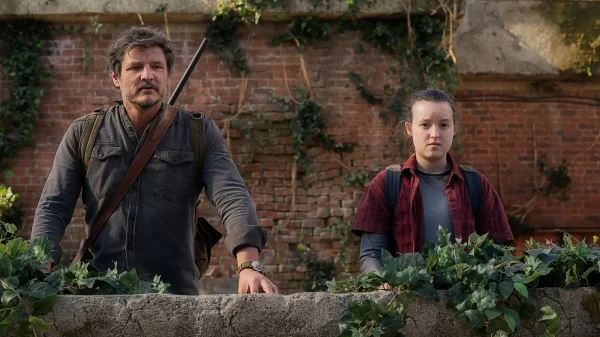
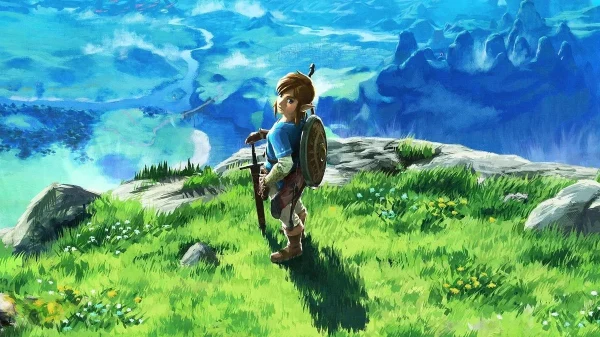
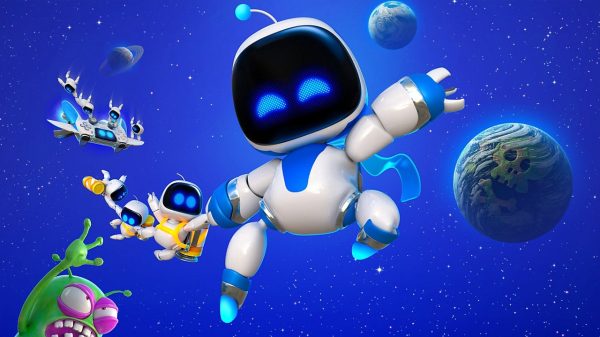
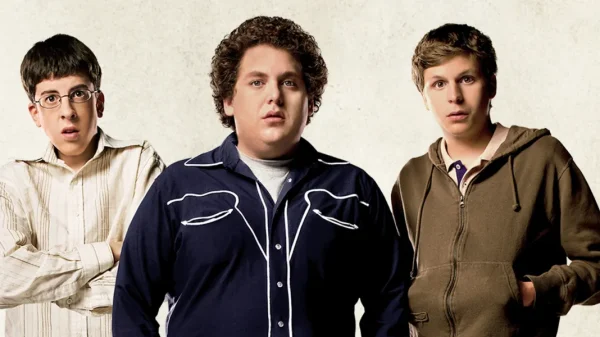
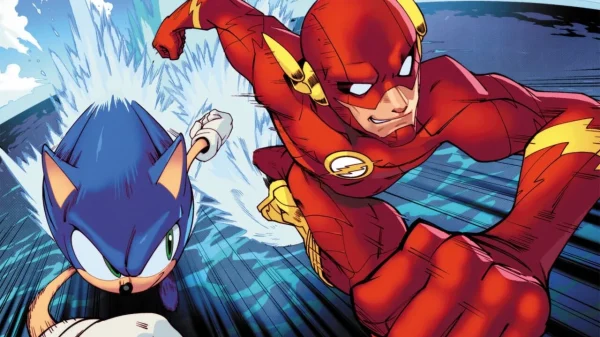
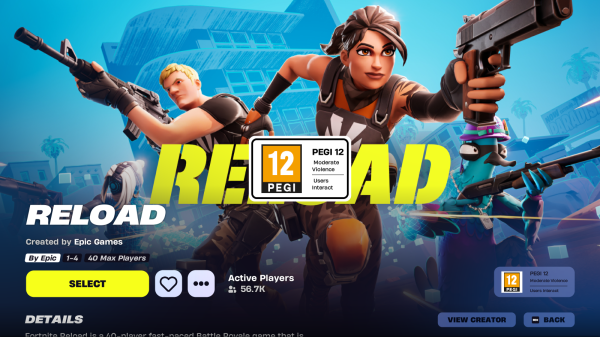


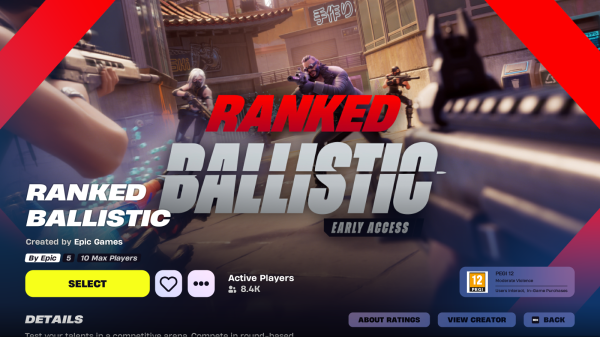
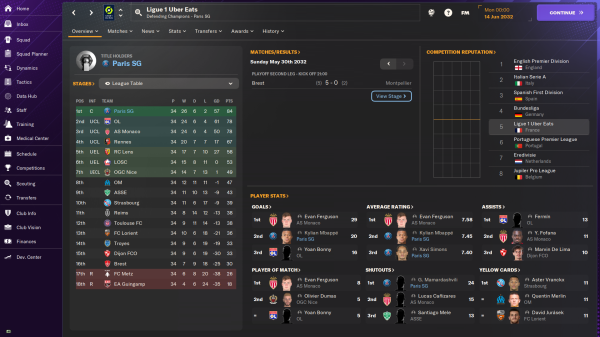
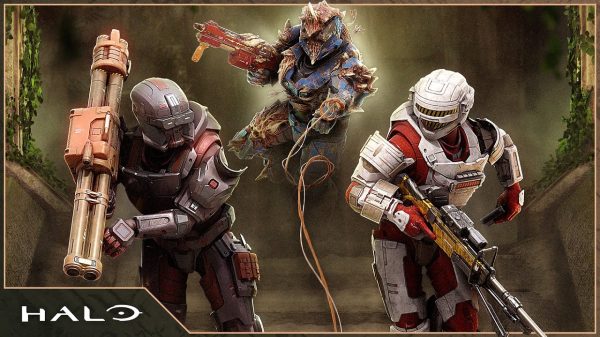
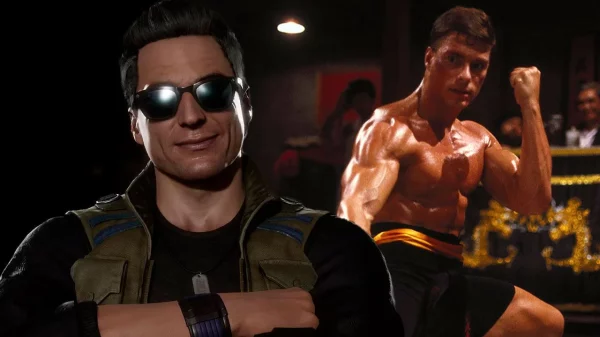
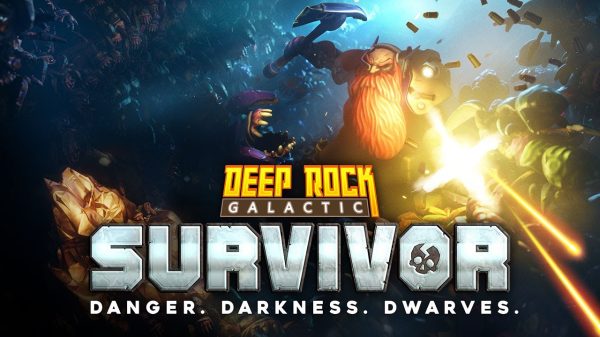
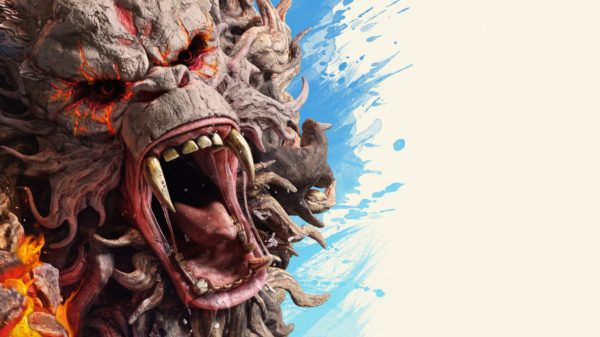
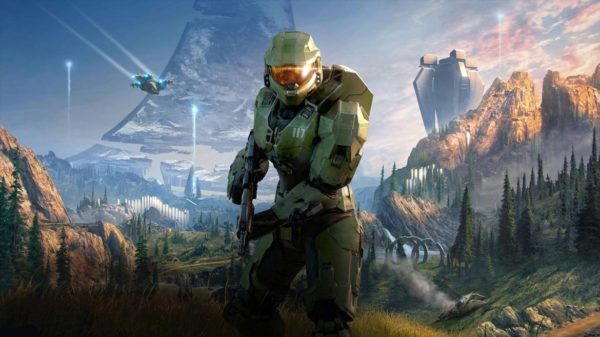
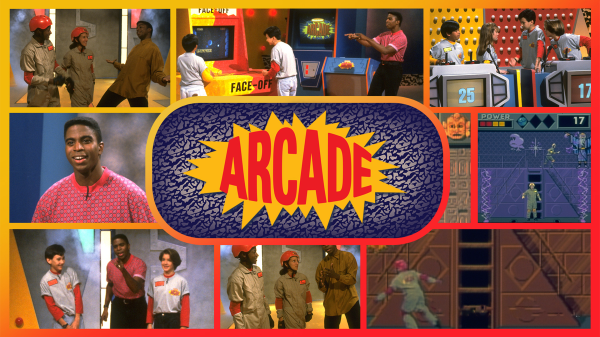

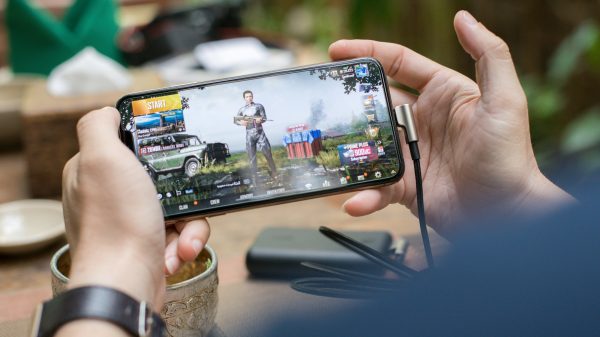
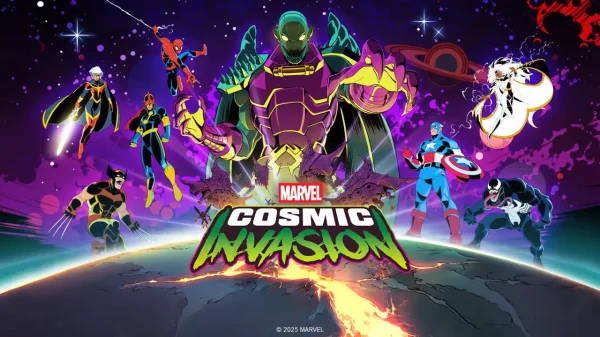

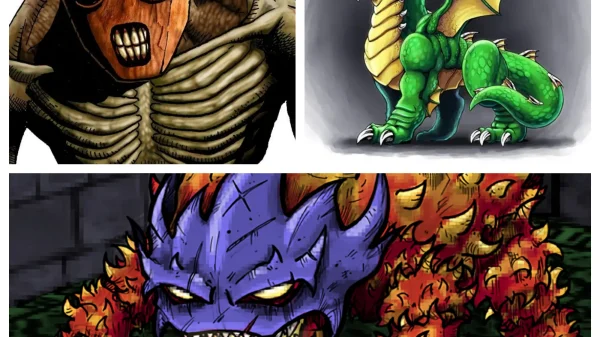
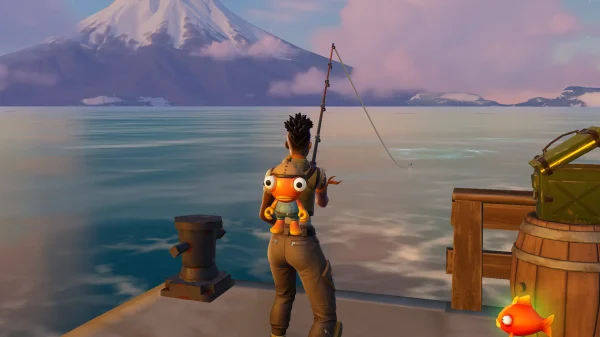

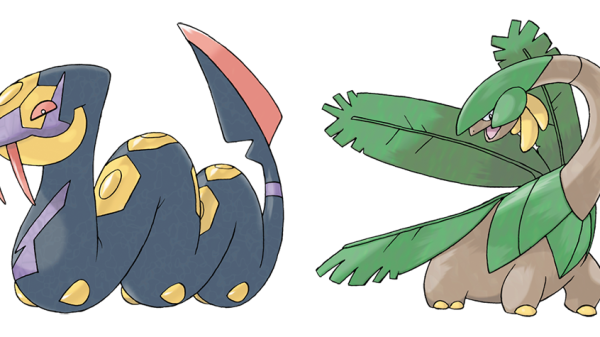
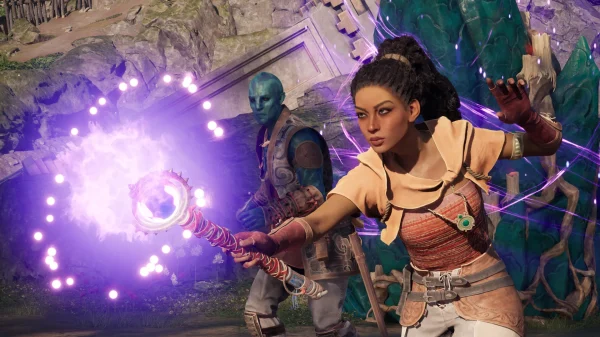
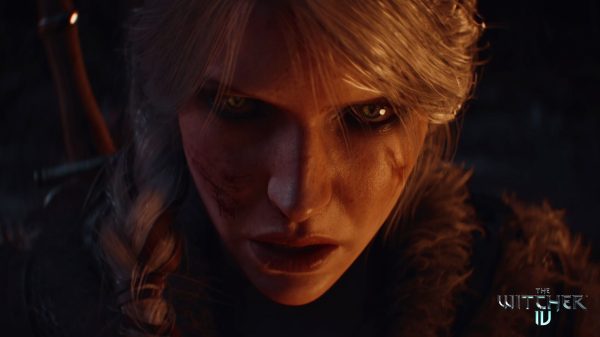
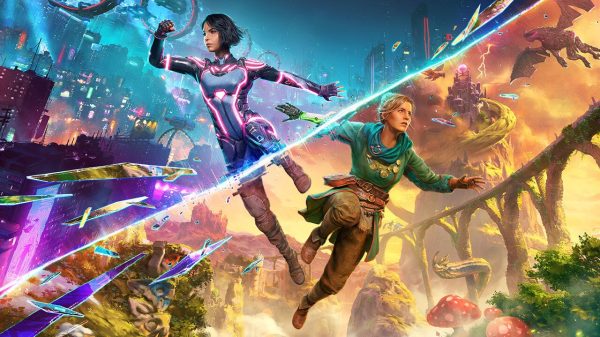
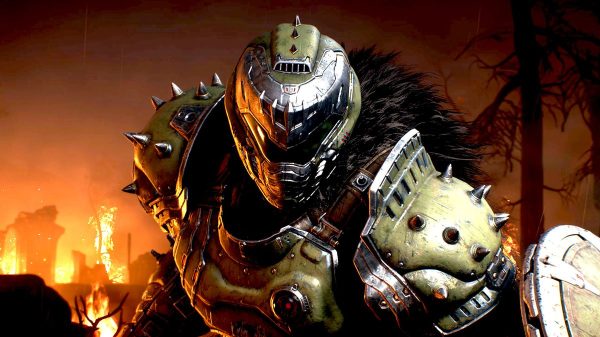
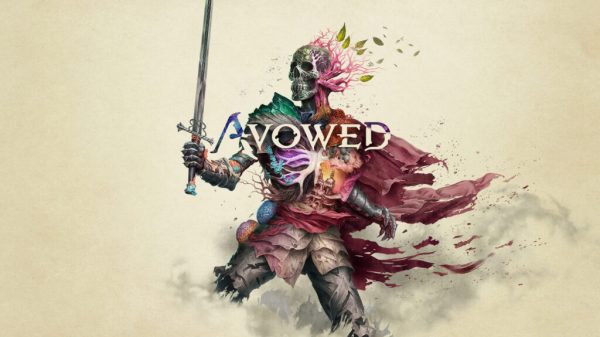

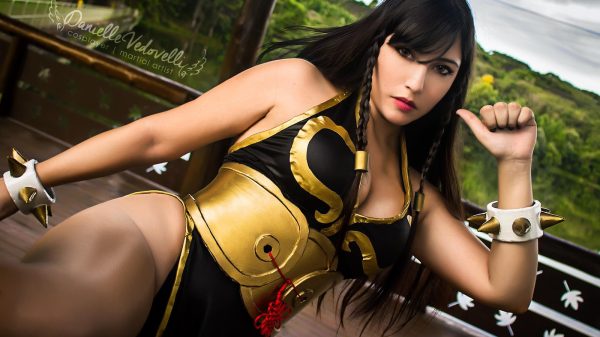
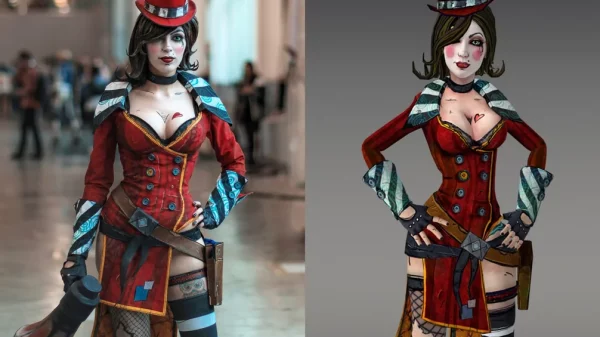


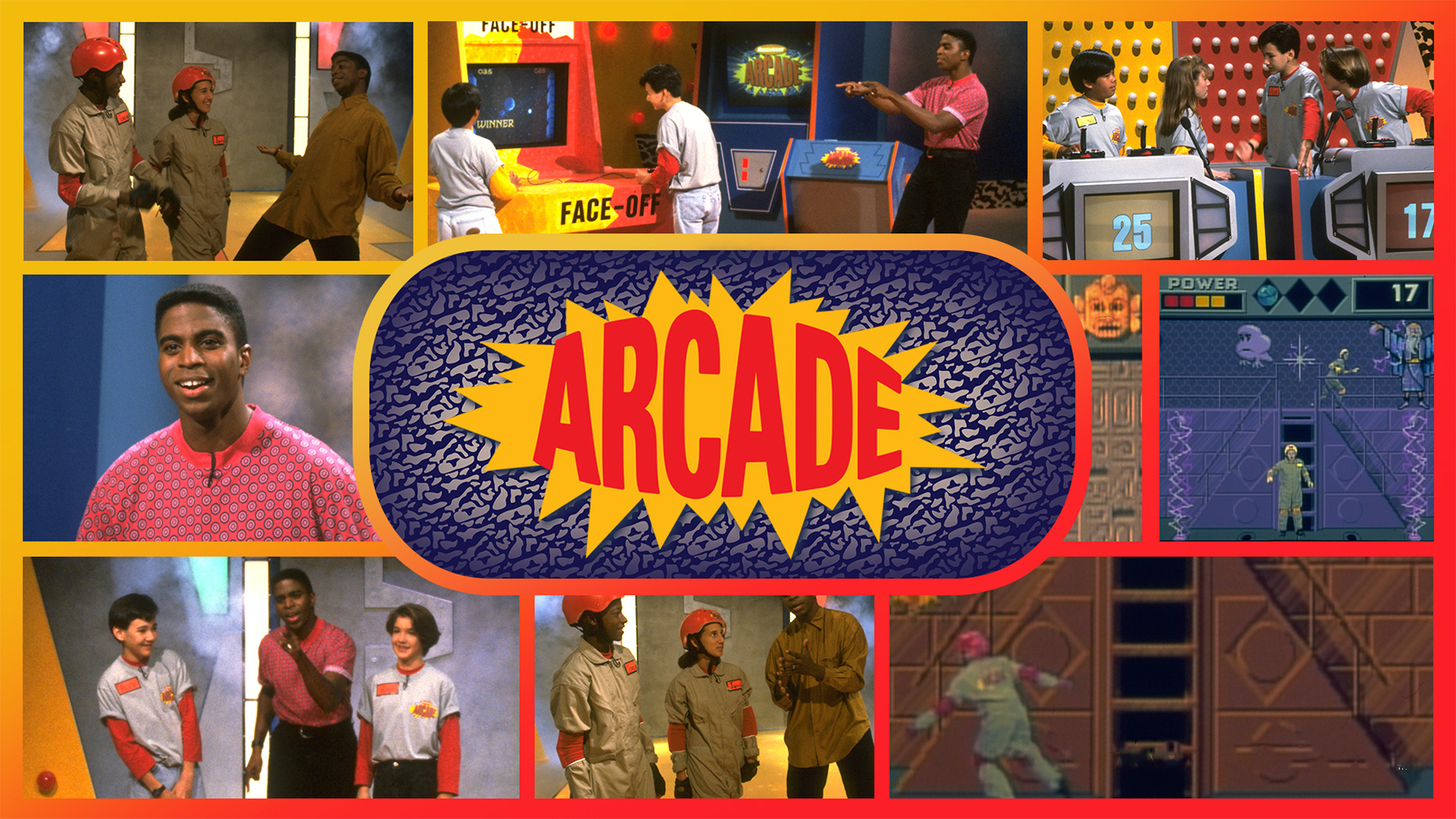

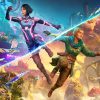
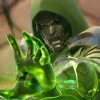
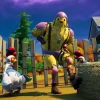
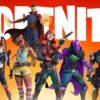


You must be logged in to post a comment Login